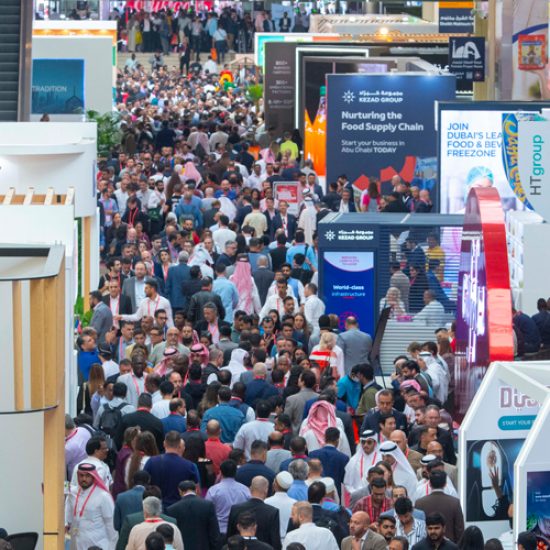
For the Canada Revenue Agency, the Panama Papers was a line in the sand.
Unlike those exposed by previous leaks, tax cheats named in the massive database won’t be offered amnesty; instead, they’re more likely to end up doing hard time.
“This is a more aggressive CRA,” said assistant commissioner Ted Gallivan in an interview with the Star. “There are some actors who need that threat of a jail term to stop, or they actually physically have to be locked up in jail to get them to discontinue their activities.”
Tax fraudsters identified in the Panama Papers will not be allowed to clear their name by declaring their hidden assets and paying back taxes and interest, a process called voluntary disclosure.
“(The Panama Papers) allows us to showcase how the CRA has changed,” Gallivan said. “There’s a bit of a paradigm shift for us: no voluntary disclosures and a lot more criminal investigations. That reflects a shift to more severe consequences for people who are participating in aggressive tax avoidance or tax evasion.”
From now on, the CRA will also fingerprint anyone charged with tax evasion, which could affect their ability to travel abroad.
“It’s about more than revenue,” said Gallivan. “It sends the message that it’s not just tax evasion, it’s not just white collar crime, it’s a serious criminal offence and it comes with serious criminal consequences.”
Internationally, Canada has long been considered lax on white collar crime, with few prosecutions and prison sentences measured in months, not years. But after the Panama Papers were made public last April, the new Liberal government quickly announced a nearly $500-million investment in the CRA to bolster tax enforcement.
Early results reflect an ongoing reorientation toward fewer, high-value tax cheats and a focus on multinational corporations.
The number of criminal convictions for tax evasion has dropped dramatically from 137 in 2011-12 to only 17 so far in 2016-17, yet the criminal fines imposed have almost tripled from an average of about $46,000 to over $123,000 for each offender.
Sentences are up, too, from an average of 18 months in 2011-12 to 26.5 months this year, according to numbers provided by the CRA.
Additional tax collected by CRA audits has increased almost 45 per cent over the last six years from $8.7 billion in 2011-12 to $12.6 billion in 2015-16. More and more of these audits target large and multinational corporations, producing tax assessments that have more than doubled in the last three years from $6.1 billion in 2013-14 to a projected $13 billion this year.
In order to move more quickly from investigation to prosecution, in the last year 230 people have been added to the compliance department and lawyers are now being embedded in investigating teams.
The Panama Papers even spawned a new branch of the CRA, known as International, Large Business and Criminal Investigations, which operates under Gallivan’s personal watch. This branch, which has 100 specialized auditors, will be taking on the most complex, big-ticket cases that often have an offshore component and involve sophisticated tax professionals, the enablers of tax evasion.
“The new thinking of the new branch is in addition to finding the taxpayers, we need to find the promoter, the head, and go after the head that’s driving this behaviour and put them out of business,” Gallivan said.
In the 2016-17 fiscal year so far, tax professionals have been fined $44.3 million for their role in facilitating tax evasion — a huge increase over the $200,000 handed down last year — and the information gleaned from the Panama Papers promises an uptick in years to come.
It helps that the CRA obtained parts of the leak before it was made public and got the ball rolling early.
“It gave us the advantage of timing. By the time the public took interest in this, we were already fairly well advanced in our work,” said Gallivan.
But the gears of justice move slowly. Almost a year later, there are 75 audits and several criminal investigations underway, but no charges have been laid.
Investigators, Gallivan acknowledged, have had difficulty finding the individuals behind shell companies used to defraud the tax collector, a phenomenon highlighted by the Star’s Canada Papers investigation.
“Some actual people have multiple corporations with millions of dollars and millions of dollars of non-compliance,” he said. “Taxpayers who are conducting these things certainly go to great lengths to obscure them.”
Last year, an international evaluation of Canada’s financial system flagged lack of transparency in corporate ownership as an impediment to law enforcement.
But Canadian enforcement efforts are only a small part of the solution. The post-Panama Papers world is about to get much more complicated for wealthy individuals who hide their money offshore and multinationals that shelter their profits in tax havens.
The EU and G20 are set to publish a new black list of unco-operative tax havens this summer, shortly after the first global system of tax information sharing becomes operational. The OECD’s “automatic exchange” system will allow tax auditors in one country to see what their citizens are declaring in another. There are 54 participating countries in 2017 and next year Canada will start sharing its tax information, along with 46 more countries.
For the 2016 tax year, Canadian multinational corporations with more than $1 billion in annual revenue will have to report to the CRA their profits, sales, employees, assets and taxes paid on a country-by-country basis. This information will then be fed into the international sharing system, creating a web of tax oversight that will be much more difficult to escape.
To prepare for this new “big data” era in tax collection, the CRA is ramping up its use of computer analysis to trawl the information looking for red flags suggesting suspicious activity.
Instead of just checking the math on people’s tax returns, the CRA is developing algorithms to cross reference outside data — including real estate transactions and luxury purchases — with what people claim to be making.
“The agency knows that people who are trying to avoid paying taxes often manipulate their tax return so they look like they’re low income,” said Gallivan. “The system will flag that despite somebody’s low income on their tax return, they have a lot of money. When we see that flag, we dig deeper.”
The CRA recently started receiving real time data of all international electronic money transfers and is building a computer system to monitor more than 1 million transfers each month in real time.
Because it could take two or three years to get the system up and running, auditors are currently going through them manually, Gallivan said, having flagged more than 41,000 transactions worth $12 billion last year. The manual review will ramp up to looking at 100,000 transfers this year.
“The money flow is exactly where our focus is now,” he said. “We do have to be accountable for results.”




